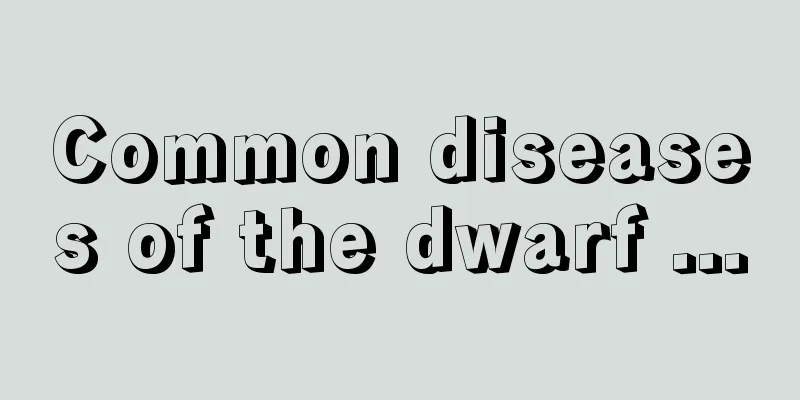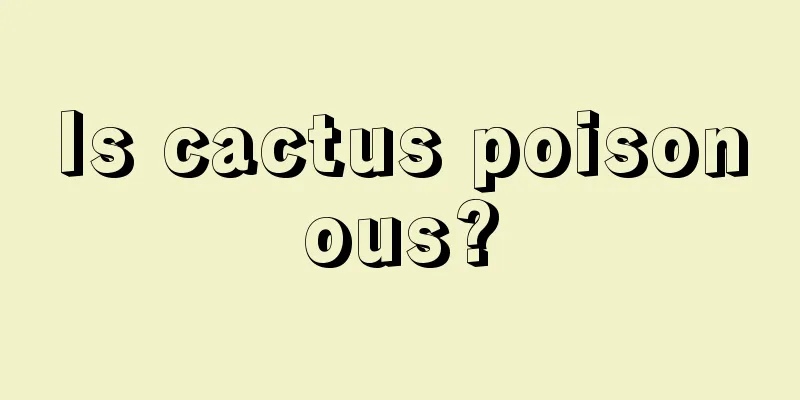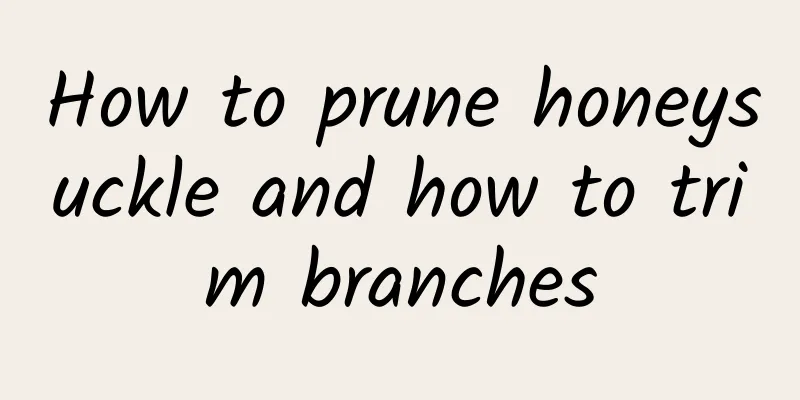Common diseases of the dwarf ...

Common diseases of the dwarf jasmine: leaf spotSymptomsThe Pieris japonica suffers from leaf spot disease, with oval and long light reddish-brown spots on the leaves, surrounded by chlorotic circles, which later expand into large irregular patches with black spots on them. Prevention and treatment methodsRemove diseased leaves and spray pesticides in time. It can be sprayed with 500 times diluted 50% thiophanate wettable powder. The leaf spot disease of the jasmine tree is easy to control. After cutting off the diseased leaves, spraying pesticides can prevent and control it. Common diseases of the jasmine tree: diebackSymptomsThe dieback disease harms the buds, leaves, tips and branches of the Pinus sylvestris, causing dieback. It can also harm the rhizomes, causing rot, and the sapwood, causing blue discoloration. In severe cases, it can cause the pine tree to die. The pathogen of dieback disease can directly invade the intact tissue of young trees or tender shoots. For older trees, after causing dieback and cankers, the affected parts often ooze resin, the sapwood turns blue, and conidiophores form on the surface of dead tissue. In the early stage of the disease, ulcer spots appear on the infected young shoots, the cortex cracks and resin oozes out, and the nearby needles die. Later, some of the ulcers healed, while others continued to expand, causing the top of the shoot to bend and form dead branches, similar to the damage caused by pine tip borer. After the ulcers on the branches and trunks continue to expand, the diseased parts will ooze fat for a long time. Once the lesions surround the branches, the entire plant will die. Pathogen analysisThe pathogen of dieback disease is Sphaeropsis sapinea (Fr.) Dyke et Sutton, which belongs to the subphylum Ascomycota, class Coelocystis, and order Sphaerosporales. The pathogen overwinters in the form of mycelium or conidia on diseased shoots or leaves. Conidia are produced in the spring of the second year and are spread by wind and rain. Poor tree growth due to reasons such as poor soil, insect pests, and waterlogging can all contribute to the aggravation of dieback disease. Prevention and treatment methodsRemove diseased branches and leaves promptly and burn them in a concentrated manner to prevent reinfection. Spraying of chlorothalonil oil, carbendazim, mancozeb, Bordeaux mixture, 0.2% boric acid water, etc. has a certain preventive and therapeutic effect on the dieback disease of the jasmine tree. |
<<: Common diseases and pests of Broken Bowl Flower and their control methods
>>: Diseases and pests of star flower and their control methods
Recommend
What to do if black spots appear on the leaves of Fire Festival
The reason why the leaves of the fire festival ha...
Reveal the reason why the leaves of gardenia and jasmine turn yellow, keeping them evergreen all year round is no longer a dream!
Reasons for yellow leaves of gardenia 1. Soil is ...
What month is suitable for planting cherry trees?
When to plant cherry trees The planting method of...
What to do if gardenia does not produce new leaves
1. Control watering Watering of gardenia should b...
What does orchid germination look like, and how to grow fast after germination
1. What does orchid germination look like? When o...
How to propagate the succulent black magic master? Cutting, leaf, beheading propagation methods
How to breed black magic succulent There are usua...
What to do if Clivia seedlings don’t grow
1. Replace the soil When cultivating Clivia, you ...
Best time to plant watermelon in autumn
Watermelon prefers a warm and dry climate. The op...
How to eat avocado and its nutritional value
1. How to eat 1. Eat raw: Wash the avocado, cut i...
How to plant lotus root in pot
Potted lotus roots are generally planted in April...
Will peony bloom if planted in spring?
1. Will it bloom? It is basically difficult to ma...
Sunflower Sclerotinia Control Methods
Sunflower Sclerotinia Types Sclerotinia disease i...
How to propagate Begonia? Propagation time and method diagram
Begonia propagation method The main methods of cr...
Cultivation methods and precautions of tricolor millennium wood
1. Soil It is recommended to use a nutritious, br...
What soil is best for growing white orchids?
1. What kind of soil to use Its roots are fleshy,...









